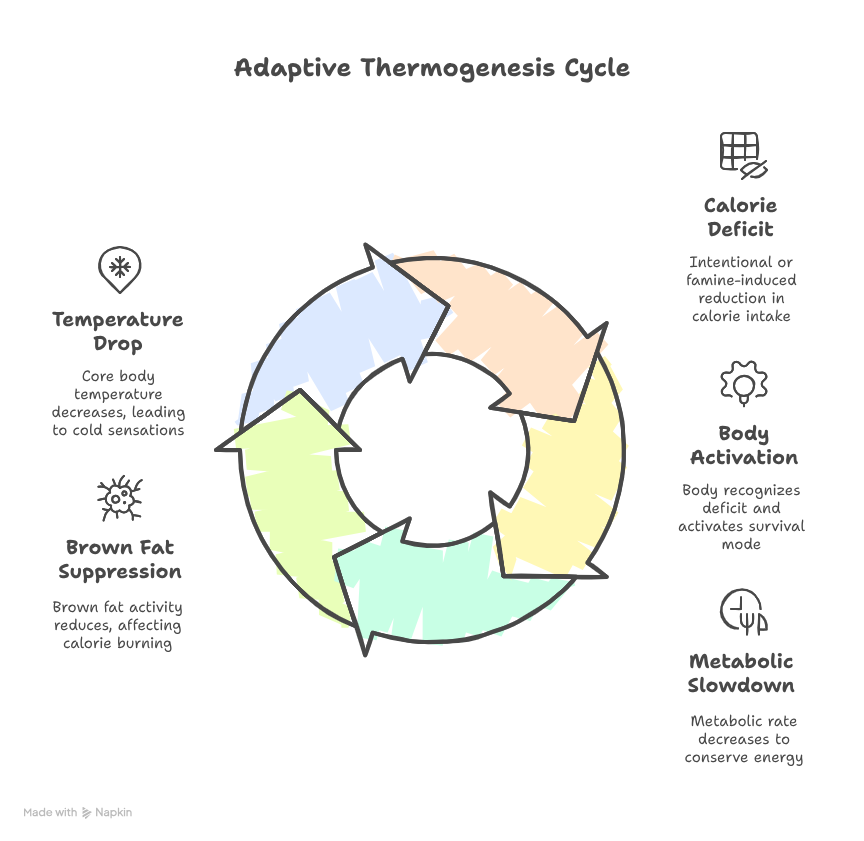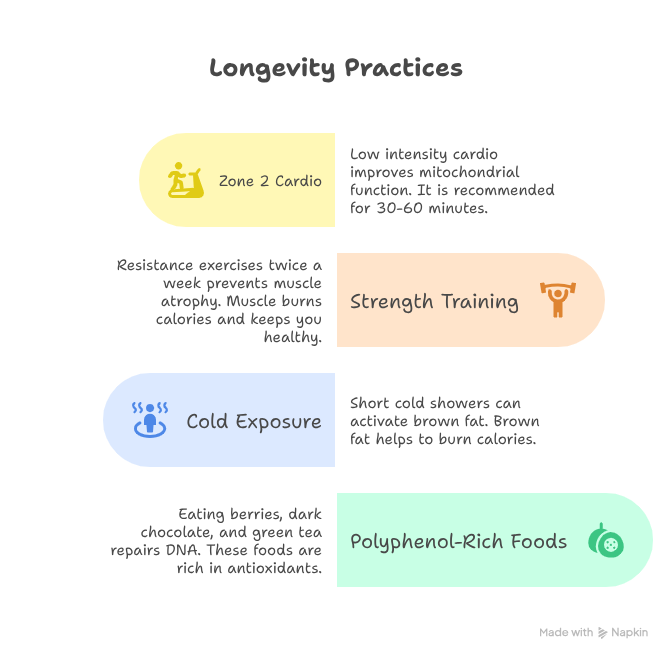Is Your Fasting Safe? How to Avoid Weight Gain & Hormone Crash
You’ve been there: skipping meals, swapping dinners for kale shakes, and staring at a scale that won’t budge—or worse, climbs. What if I told you your “healthy” diet might be causing weight gain? Let’s unravel this cruel irony at the cellular level.
The Survival Switch: When Your Body Thinks You’re Starving
Your body can’t tell the difference between a intentional calorie deficit and a famine. The moment you slash calories, it activates adaptive thermogenesis—a survival mechanism that:
- Slows your metabolic rate by up to 15% within hours
- Suppresses calorie-burning brown fat activity
- Drops your core body temperature (hello, cold hands!)

🔬 Mitochondrial sabotage: Your cells’ power plants (mitochondria) become hyper-efficient—producing the same energy with fewer calories burned. Chronic dieting damages their fat-burning capacity long-term .
The Hormonal Rebellion: Hunger Hormones vs. Willpower
Restrictive diets trigger a hormone war:
| Hormone | Role | Dieting Effect |
|---|---|---|
| Leptin | Satiety signal | Plummets, causing constant hunger |
| Ghrelin | Hunger trigger | Surges by 24%, craving carbs/fat |
| Cortisol | Stress hormone | Spikes 23-25%, storing belly fat |
| T3 (Thyroid) | Metabolic regulator | Drops 15-20%, slowing metabolism |
This hormonal chaos persists even after you stop dieting—explaining why 80% of dieters regain more weight than they lost.
Safe Fasting vs. Starvation Mode: Spot the Difference
🚫 Starvation mode signs (STOP IMMEDIATELY):
- Constant fatigue and irritability
- Brittle hair/nails and feeling cold (low T3)
- Rapid weight loss followed by plateaus
- Skin looseness from muscle loss
✅ Safe fasting practices:
- Time-restricted eating: 12-14 hour overnight fasts (e.g., 7 PM–7 AM)
- Protein-first meals: 30g protein/meal preserves muscle
- Cycle deficits: 2 weeks at 10-15% deficit → 1 week at maintenance
- Prebiotic foods: Apples, garlic, and barley feed fat-fighting gut bacteria (Bacteroidetes)
Mitochondrial Rescue Plan: Reignite Your Metabolism
Damaged mitochondria = sluggish metabolism. Fix them with:
- Zone 2 cardio: 30-60 min brisk walks/cycling at 60-70% max heart rate boosts mitochondrial density.
- Strength training: 2x/week squats/deadlifts prevent muscle loss—your #1 calorie burner.
- Cold exposure: 2 min cold showers activate brown fat (natural furnace).
- Polyphenol-rich foods: Berries, dark chocolate, and green tea repair mitochondrial DNA.

The Thai Plate Solution: Eat More, Weigh Less
Thai hospitals use the Plate Model for sustainable loss :
- ½ plate non-starchy veggies: Cucumber, leafy greens, tomatoes
- ¼ plate lean protein: Grilled fish, tofu, chicken breast
- ¼ plate complex carbs: Brown rice, quinoa, sweet potato
- +1 fruit serving: Guava, apple, papaya (skip sugary mango/sticky rice!)
This balances blood sugar, provides 500-600 kcal/meal, and prevents nutrient deficiencies—a key trigger for rebound weight gain.
The Takeaway: Be a Tortoise, Not a Hare
Your body isn’t resisting weight loss—it’s defending survival. Sustainable changes beat drastic diets every time:
- Lose 0.5kg/week max to avoid metabolic slowdown
- Sleep 7-8 hours/night—leptin repairs during deep sleep
- Walk after meals: 15-minute walks improve insulin sensitivity like medication
“The goal isn’t to override your body’s wisdom, but to collaborate with it.” — Dr. Weeranut Rojyinteerawit, Bangkok Hospital
🌱 Remember: Mitochondria heal in weeks, hormones rebalance in months. Start today—your thinner, energized future self will thank you.
Got stuck in a diet cycle? Share your story below!


